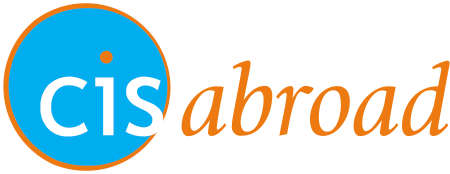Planes, trains and automobiles…what’s the best way to get around?
Rail:
Rail transport in Belgium is managed by the National Railway Company of Belgium, known as SNCB/NMBS. Due to the high population density, operations are relatively profitable, so tickets are cheap and the frequency of services is high. HSL 1 runs from just south of Brussels to the French border, where it continues to Lille, and from there to Paris or London.
Being such a small country, you can get anywhere in a couple of hours. Public transport is fast and comfortable, and not too expensive. Between larger cities, there are frequent train connections, with buses covering smaller distances. The B-Rail is a dense train network that connects all of Belgium. National and international passes are available at major train stations in Belgium. The B-rail website will give you timetables, price and online ticket for your train trip in Belgium. This website has a door-to-door route planner for the whole country, covering all forms of public transport (including train, bus, subway and tram).

Trains leave, on average, every 1/2 hour between all major Belgian cities. The first train leaves at approximately 5:00 am and the last one departs at approximately 11:00 pm. Purchase your tickets on site and print them at the kiosk. It is easier to buy tickets on site than to order them online. Go Pass: 10 trips inside Belgium for 50 euro available for youths under 26. The pass can be shared by several passengers .
The only rapid transit system in Belgium is the Brussels Metro located in Brussels. There is a standard flat-fare system (single ticket 2.00 euro), with discounts for 5 trips(7.70 euro) and 10 trips(13.50 euro). A one-day travel card (valid until midnight – 6.50 euro). All are available at various metro stations and newspaper stands.
Air:
There are 5 passenger airports in Belgium, the largest of which is the Brussels Airport. Brussels Airport (also known as Zaventem due to the town in which it is mainly located) is Belgium’s largest and main airport (IATA code BRU). The other airports are the Ostend-Bruges International Airport, the Brussels-South Charleroi Airport, the Liège Airport and the Antwerp International Airport.

Taxi:
Taxis are available at taxi stands or at hotel entrances. Taxi fare is displayed on the meter, including the service charge. Minimum fare: 2.40 Euro daytime; 4.40 Euro evening.
Never take a taxi from drivers offering you a ride (inside or directly outside the airport). Instead, go to the official taxi queue directly outside the airport. Paying by credit card is not possible in all taxis, so make sure you ask. Belgium taxis are very expensive, so it’s better to use other means of transport.
Different companies operate taxi services:
– Taxi 2000 (+32 (0) 2 537 10 10)
– Taxi Verts and Taxi Orange (+32 (0) 2 349 49 49)
– Taxi Bleus (+32 (0) 2 204 21 11)
Belgium consists of three federal regions:
Flanders: The northern, Dutch-speaking region of the country
Brussels: The bilingual capital region of the country and headquarters of the EU.
Wallonia: The southern, French-speaking region, incorporating a small German speaking region in the east near the German border.
The road network in Belgium is managed by regional authorities, meaning that a road section in Flanders is managed by the Flemish Government, a road section in Brussels by the Brussels government and a road section in Wallonia by the Walloon Government. This explains that road signs in Flanders are written in Dutch, and vise versa, which can be confusing for foreigners who do not know the different translations.
**Pick-pockets: While traveling in Belgium is a breeze, it is always important to be aware of your surroundings. Pick-pocketing is a major occurrence, especially in larger cities. Make sure that your bag is zipped up and carried in front of you and that your wallet is tucked away safely. It is also a good idea to keep copies of your passport and essential documents in your dorm or hotel room, just in case. Keep an eye out for yourself and your friends on crowded metro trains and don’t be afraid to make a lot of noise if you see something out of place. Pick-pockets scare easily!
